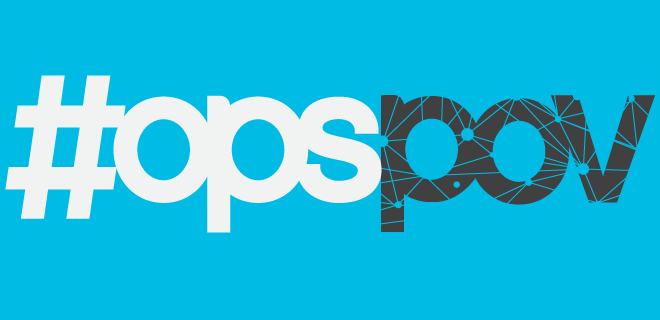
There’s a report from DCN (Digital Content Next) that’s been making the rounds in recent weeks, breaking down what the whole process of moving content into distribution platforms has meant for publisher revenue so far. Pulling data and commentary from 17 of DCN’s publisher members during the first half of 2016, it paints at best an ambivalent picture. Publishers are monetizing distributed content, for sure, but not as much as they’d hoped, and there are a lot of downsides to reckon with.
If you haven’t seen that report yet, it’s worth checking out. It goes into some depth discussing the benefits and detriments publishers are seeing with various platforms (Facebook Instant Articles, Facebook Live, Twitter Amplify, Google AMP, Snapchat, YouTube and so on). It also explains how results vary for publishers that have a more traditional text/image offering, and publishers that have a lot of video content. There’s much more to the report than I’ll be talking about in this post, frankly.
I said the report made publishers seem ambivalent about where we are in content distribution, but at the widest-angle view, the picture looks pretty dismal for publishers. For the 17 in this study, distribution platforms netted $7.7 million in the first half of 2016, or only 14% of their total revenue for the same time period. Of that 14%, 89% came from the publishers’ own ad sales efforts. The remainder came from revenue shares and fees paid out by the platforms.
Square that with some numbers DCN CEO Jason Kint Tweeted in November 2016, in rebuttal to a sunny-sounding headline about industry-wide growth the IAB had Tweeted out. Google was accountable for 60% of that growth, Kint said, Facebook took 43%, and the rest of the industry had declined 3% year over year.
You start to see this picture of publishers being battered from all sides. It would seem like it’s in their best interest to push their content through these distribution channels, because that’s where they get the traffic they need. After all, when you’re getting close to half of their traffic referrals from social media, you kind of have to play nice with those social platforms.
But even if distribution platforms are indeed driving new traffic, publishers aren’t getting a whole lot for their troubles. In last week’s episode of public radio’s On the Media, host Bob Garfield called it a particularly lopsided “Faustian bargain,” where publishers lose grip on some of their most valuable assets. Most relevant for ops in his argument, publishers don’t get to slice up their audience data, because the platforms keep much of it on lockdown.
At the risk of sounding like an optimist (which I’m usually not), there’s an upside in all of this: The story of publishers’ relationship with distribution platforms is still pretty new. DCN’s report came out and said, in so many words, that many publishers still consider Facebook Instant Articles and Google AMP to be in a “test phase.” Those publishers are weighing in on early experiences with third-party distribution, and in some cases (Snapchat or Facebook Live, for example) they’re returning from the field to say one channel or another might not have a robust enough revenue model yet. Some pubs are easing back on Instant Articles for now. Some see social channels as being mainly for marketing purposes or driving traffic to the site.
The overall revenue numbers for content distribution platforms look pretty dim, but they also represent a stage where publishers are coming into a nascent space and experimenting broadly. There’s room for optimization. If publishers are feeling bound by the constraints of distribution platforms—limited reporting and measurement capabilities, insufficient ad server integrations, limited options with ad units—they’ll want to push back on the platform companies and negotiate better terms. DCN’s report advises publishers to use their executive-level people in those negotiations. Show the platforms you mean business.
Publishers and platforms might have stumbled in their first few steps together. It’ll be interesting to see how quickly or slowly they end up walking once they’ve reached a steady gait. We’ll be getting into it in greater depth at AdMonsters’ Publisher Forum in Palm Springs next month, where The Enthusiast Network (TEN) CEO Scott Dickey will be delivering a keynote about publishers’ efforts to navigate the fragmented landscape of platform publishing.